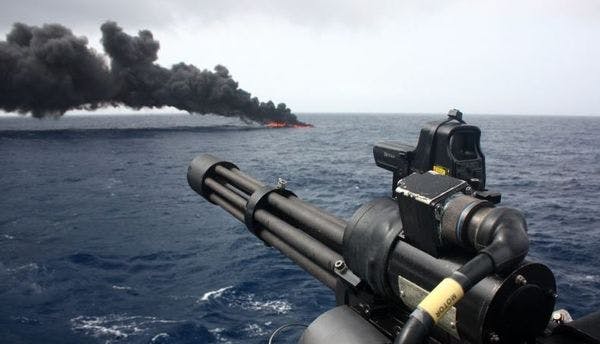Changement de configuration : nouvelles routes pour la cocaïne vers l’Europe
La route de la cocaïne continue à muter et à prospérer au milieu de la guerre contre la drogue : depuis les jungles de Colombie, Bolivie et Pérou jusqu’au marché européen. Pour en savoir plus, en anglais, veuillez lire les informations ci-dessous.
Abonnez-vous à l'Alerte mensuelle de l'IDPC pour recevoir des informations relatives à la politique des drogues.
By Max Daly
Cocaine's route from the jungles of Colombia, Bolivia, and Peru to the cash cow that is the European drug market is continuing to mutate and flourish amid the war on drugs.
Over the past decade, the narrative has been about the emergence of a new route into Europe's back door, from Colombia to West Africa and overland through the Sahara dessert up to the North African coast. In season three of VICE on HBO, Ben Anderson explored the trips narcotics take from South America through Africa and met up with smugglers as well as a DEA special agent who explained the routes and how they operate.
Since then, according to Europe's top cocaine trafficking analysts, the sands have shifted once more, leaving the world's anti-drug patrols again scrambling to keep up. Some aspects have remained fairly stable: Spain, Belgium, and Holland are still the main arrival points for cocaine from South America, and cocaine consumption remains relatively high in Europe compared to the rest of the world, especially in the heavy tooting nations of Spain and the UK.
But in terms of trafficking routes into the continent, much like the global drug scene as a whole, it's a story about diversification and proliferation.
"Cocaine traffickers are diversifying their routes and methods," Dr. Axel Klein, an international drug trade expert from the EU's Cocaine Route Programme, told me. "We are seeing a rise in shipments to the Balkan countries, for example to the Greek port of Piraeus, where smugglers are taking advantage of the disintegration of law enforcement. Also to Turkey, Montenegro, and Albania."
This has all been made possible, says Dr. Klein, because of the declining power of Colombian cartels. "European groups can just buy it in Colombia and ship it over, so we are also seeing a rise in the amount of pleasure craft being used across the Atlantic."
He also points to the increasing emergence of cocaine extraction labs in Europe. Inside these labs, which have recently been found in Spain, Portugal, and Poland, chemists extract cocaine from innocuous looking goods such as wooden pallets or bottles of alcohol that have been impregnated with the drug.
Click here to read the full article.
Keep up-to-date with drug policy developments by subscribing to the IDPC Monthly Alert.
Thumbnail Flickr CC: Defence Images
